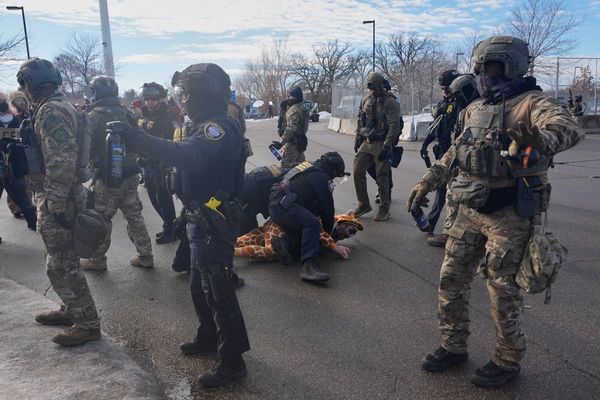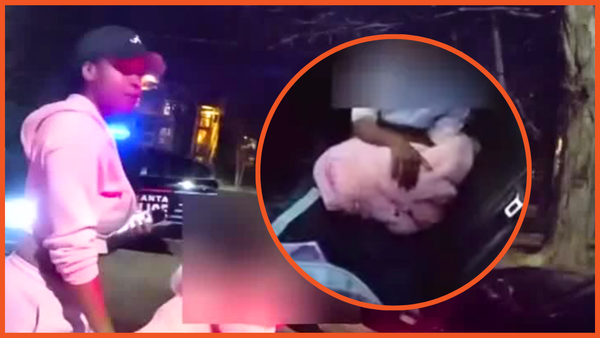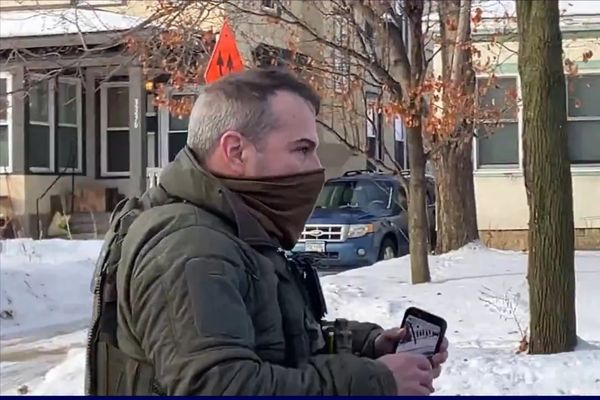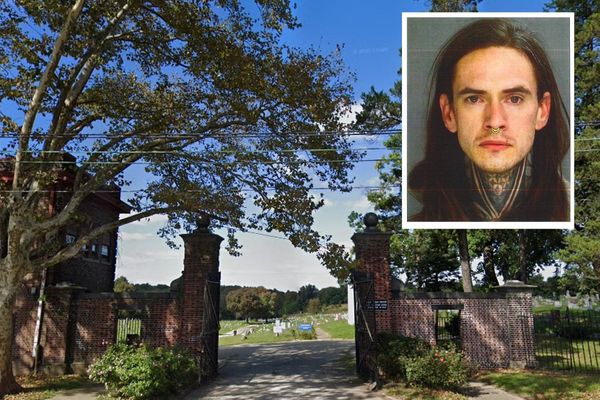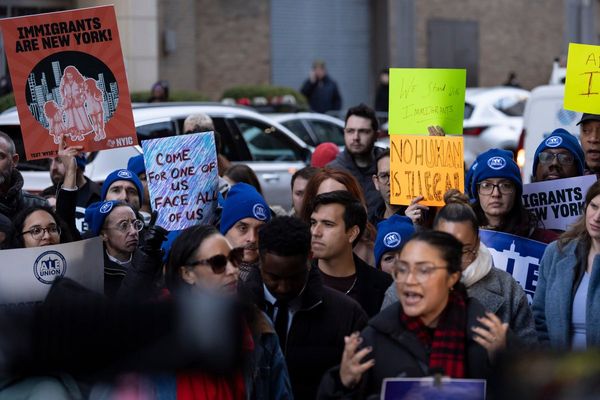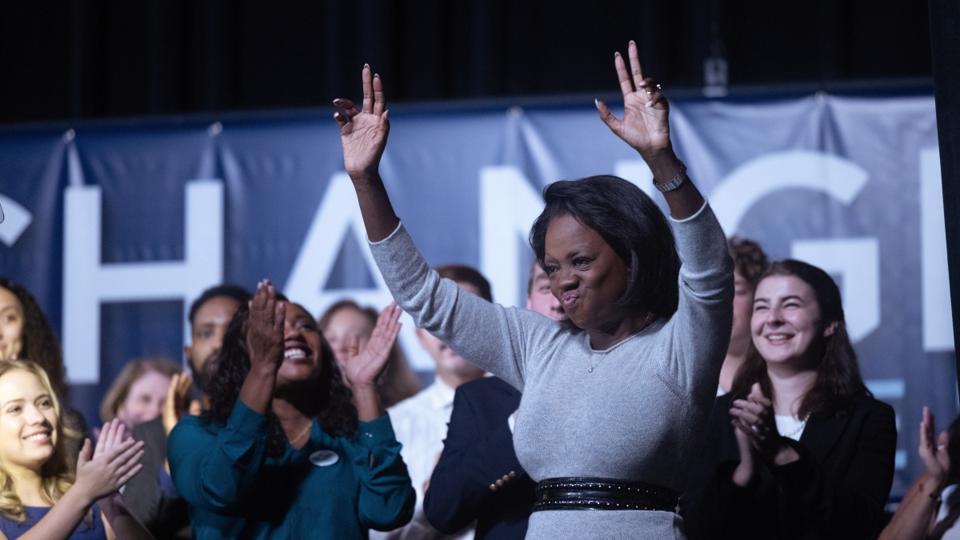
When Aaron Cooley brought Cathy Schulman his script for a series covering First Lady Edith Wilson, Schulman was unsure. She told him she doubted many people beyond themselves even knew who Edith Wilson was. However, this sparked a new idea: What about taking on the whole group? What about telling the untold history of America’s First Ladies?
This brainstorm led us to Showtime’s The First Lady, premiering on April 17th, with Cooley and Schulman serving as series creator and showrunner, respectively.
Of course, taking on the stories of over 40 women in a single season would have been a tall order. So instead the team began with more recent history, diving into the developing legacy of Michelle Obama. And from there, they paired her with two prior first ladies who’s journeys both set up Obama’s time in the White House and mimicked her choices: Eleanor Roosevelt and Betty Ford.
And though these three women are separated by massive swaths of time, the show accentuates the echoes between them by intercutting their stories throughout the episodes.
“We always wanted to thread them through,” said Schulman. “We were interested in like, what would happen if we began a story with one character, took on the middle of a different one, and finished it with a third to show continuity? That was the point of the experience.”
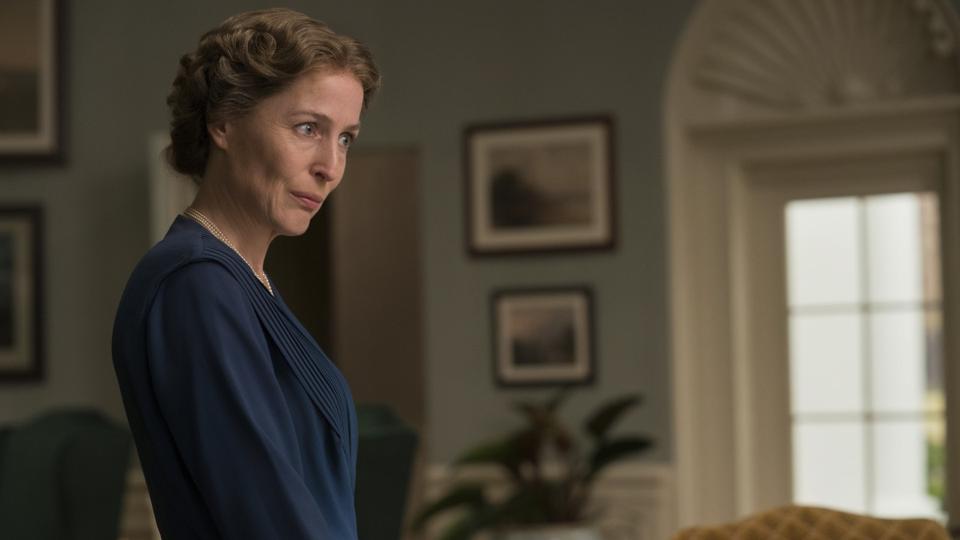
The series aims to dig into the personal lives of America’s first ladies, allowing viewers to understand them on a more emotional and human level than prior tellings of their stories afforded. And the show achieves this by passing over the big-ticket public moments in favor of spending quieter, slower scenes inside the White House, exploring the moment-to-moment choices of holding this office.
“I had this like sudden— oh my god if these walls could talk!” said Schulman “Can you only imagine what went down in this East Wing over all of these years of American history? And the truth that you would know based on the conversations that happened in the bedroom, and in the more intimate spaces?”
I recently spoke further with showrunner Cathy Schulman to explore the creative process behind The First Lady and learn about what plans for the show are ahead. Below is a summary of our conversation, edited for length and clarity.
Anhar Karim: So I’m wondering, why did you start with these three first ladies? What stood out about their stories specifically?
Cathy Schulman: So, I wanted to talk about Michelle's Obama's legacy— and of course she's a story unfinished at the moment. But looking at her whole time in the White House, it was really about anti-racism and desegregation, everything sort of surrounding the race conversation. And so in my mind I was like, you know I think we have to start with Eleanor [Roosevelt]. Because she's the one who really kickstarted the conversations on desegregation, as far as the first ladies go. And furthermore, she was really the first modern first lady. I mean she was the first one to walk in and say, can I have an office? And they said, an office? What would you do in it? Well she was going to work, you know?
And so, it seemed that Eleanor was really the foundation. So then in researching the through lines from Eleanor to Michelle...well what's the other thing that Eleanor did? It was women's rights. And so if you think of her that way, then of course that led us straight to Betty [Ford] and the ERA! And I have a special place in my heart for Betty because she's kind of a fabulous mess in a lot of ways. She's so amazingly strong, but she's brittle at the same time. And she's amazingly beloved by everybody around her because she's so human, and so real.
And so, it just sort of came together naturally that those were the three. Because we wanted the season to really be about voices. And hopefully it will go on for many many seasons, with the very fundamental question about women speaking out. And if you're in this place where you could have influence, can you? And so, it seemed like the right place to start.
Karim: Now what’s interesting about this interwoven structure is that, as episodes jump decades, you’re intentionally choosing which moments in the women’s lives to place side-by-side. How did you and the team make those decisions?
Schulman: Well, that was kind of the hardest part in a way. I mean, first of all it was an enormous challenge in a season that's only 10 hours long. You know, the question was really what to focus on. So what we did is we quite literally put up on a board, you know, what were the main personal events, and what were the main public events?
We ended up with a chronology for each of the three of them, and then started to look for intersection points. And sometimes it was juxtaposition points. Sometimes it was about, wow this was an opposite that happened 60 years before, or 30 years later. Or look at this, it keeps happening over and over again. And it has a different setting, or a different set of circumstances, but the same fundamental, emotional, or psychological thrust. So, we figured out how many ways these things could cross. And honestly the process had a lot of paring away. There's always too much. We kept thinking, we need 10 seasons, you know?
So, then we had to make these choices of— well what story are we trying to tell? And I guess the biggest choice was to not get stuck in the big public events, and to presume that we could cover those things with archival footage and move the audience around the landscape historically. But also, the show was meant to be kind of an angle on things. We tried to be on the way to an event, or on the way back from an event. Or in a hallway next to an event. Or whatever it is so we could stay on these interstitial moments.
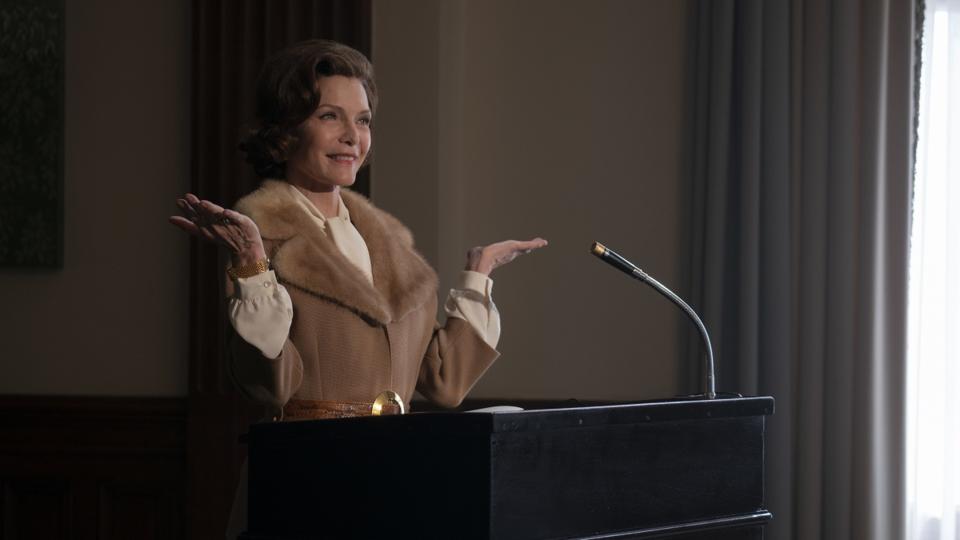
Karim: That strikes me as similar to what The Crown is doing, right? Where it is imagining the private moments between the public spaces. Was that an inspiration?
Schulman: Yeah, I mean I think The Crown is so brilliant. And I always get nervous when we start talking about the comparison. But yeah, I think what Peter Morgan and the crew have been able to do is to allow the idea of historical fiction to be more and more accepted. Because you have to make a choice whenever you're doing history. Would I rather just do a documentary and let them speak for themselves? Or can we try to make the thing a living and breathing document that feels more relatable and current by imagining the human moments between the stories?
So, you know, we would spend hours analyzing the psychological emotions that we got from their [the first ladies’] collected actions over a period of time, and then apply them. If this happened in June and the person was still this way publicly and then in August they were feeling another way, we had to go back and find what happened in between. Like there was such a turn, or an evolution, or growth. And that would be hard to, you know, try to capture. But it's just such a great goal, to learn and allow people to know these humans beyond the very superficial treatments that have been potentially taught. I think that's a really great thing, especially for young women. That's the aspirational part of it that really excites me.
Karim: You mentioned that the goal is to do many more seasons with other first ladies. So, I’m curious: Which three are next?
Schulman: You know, we're still thinking about it. All I can say is we really like the idea of continuing to try and bridge a huge swath of time. So that we— I like to call them antecedents. That there's an antecedent first lady, you know? At the moment I'm in a deep dive on Abigail Adams. But that's just, you know, talk. We'll see. We'll see how it comes out. We're working right now to try to identify what everybody collectively wants to do with season two. But I think we should know very shortly.
THE FIRST LADY premieres on April 17th, 2022. The show stars Viola Davis, Michelle Pfeiffer, and Gillian Anderson and is directed by Susanne Bier.
For more on upcoming movies and TV shows, follow my page on Forbes. You can also find me on Twitter, Instagram, YouTube, and TikTok.
